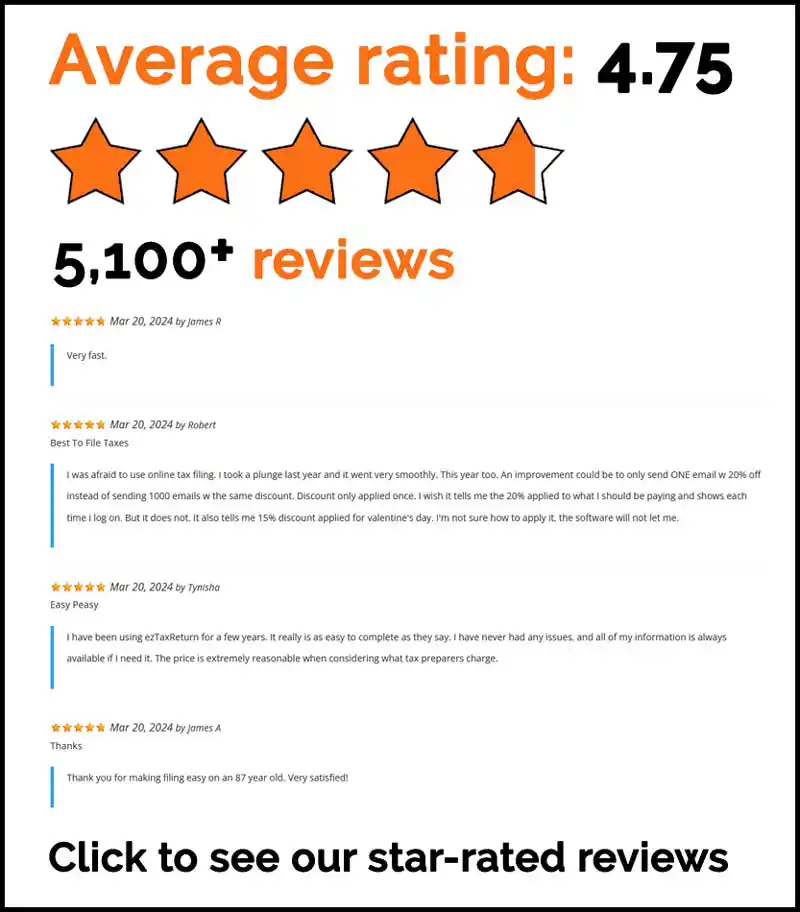People with disabilities and their families can use Achieving a Better Life Experience or ABLE accounts to help pay for qualified disability-related expenses. ABLE accounts are tax-advantaged savings accounts that don’t affect eligibility for government assistance programs. Here are some key things people should know about these accounts.
Annual contribution limit
- The 2022 limit is $16,000.
- Certain employed ABLE account beneficiaries may make an additional contribution up to the lesser of these amounts:
- The designated beneficiary’s compensation for the tax year or
- For 2022, $12,880 for residents in the continental U.S., $16,090 in Alaska and $14,820 in Hawaii.
Saver’s credit
- ABLE account designated beneficiaries may be eligible to claim the saver’s credit for a percentage of their contributions.
- The beneficiary claims the credit on Form 8880, Credit for Qualified Retirement Savings ContributionsPDF. The saver’s credit is a non-refundable credit available to individuals who meet these three requirements:
- Are at least 18 years old at the close of the taxable year
- Are not a dependent or a full-time student
- Meet the income requirements
Rollovers and transfers from section 529 plans
- Families may roll over funds from a 529 plan to another family member’s ABLE account.
- The ABLE account must be for the same beneficiary as the 529 account or for a member of the same family as the 529 account holder. Rollovers from a section 529 plan count toward the annual contribution limit. For example, the $16,000 annual contribution limit for 2022 would be met by parents contributing $10,000 to their child’s ABLE account and rolling over $6,000 from a 529 plan to the same ABLE account.
Qualified disability expenses
- States can offer ABLE accounts to help people who become disabled before age 26 or their families pay for disability-related expenses. These expenses include housing, education, transportation, health, prevention and wellness, employment training and support, assistive technology and personal support services.
- Though contributions aren’t deductible for federal tax purposes, distributions, including earnings, are tax-free to the beneficiary, if they are used to pay qualified disability expenses.
More information:
- ABLE Accounts – Tax Benefit for People with Disabilities
- Publication 907, Tax Highlights for Persons with DisabilitiesPDF
- Form 1099-QA, Distributions from ABLE Accounts PDF
- Form 5498-QA, ABLE Account Contribution InformationPDF
- Instructions for Forms 1099-QA and 5498-QA PDF
This article was published with permission from the IRS.
Source: IRS.gov




